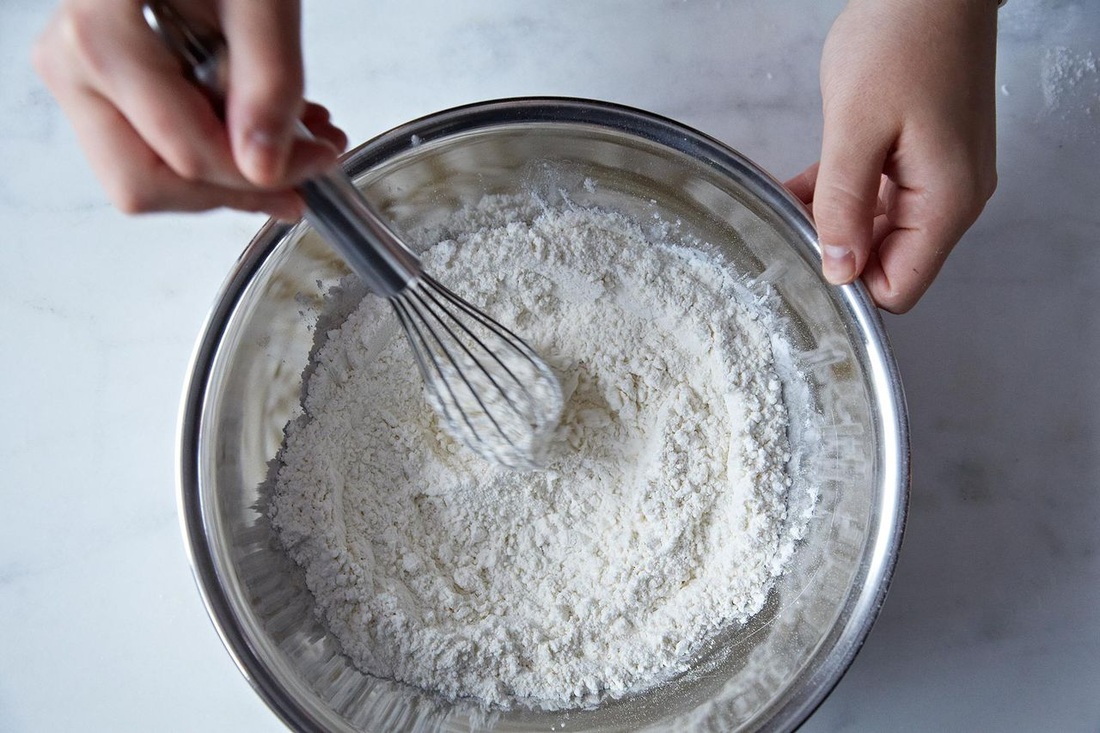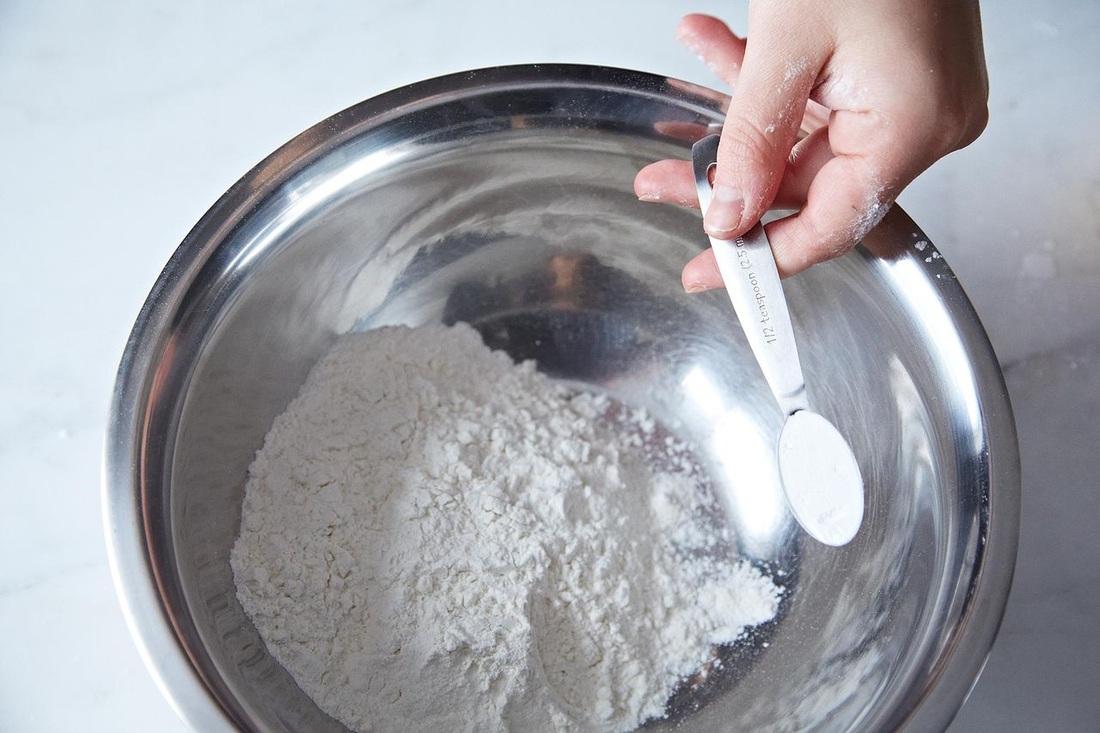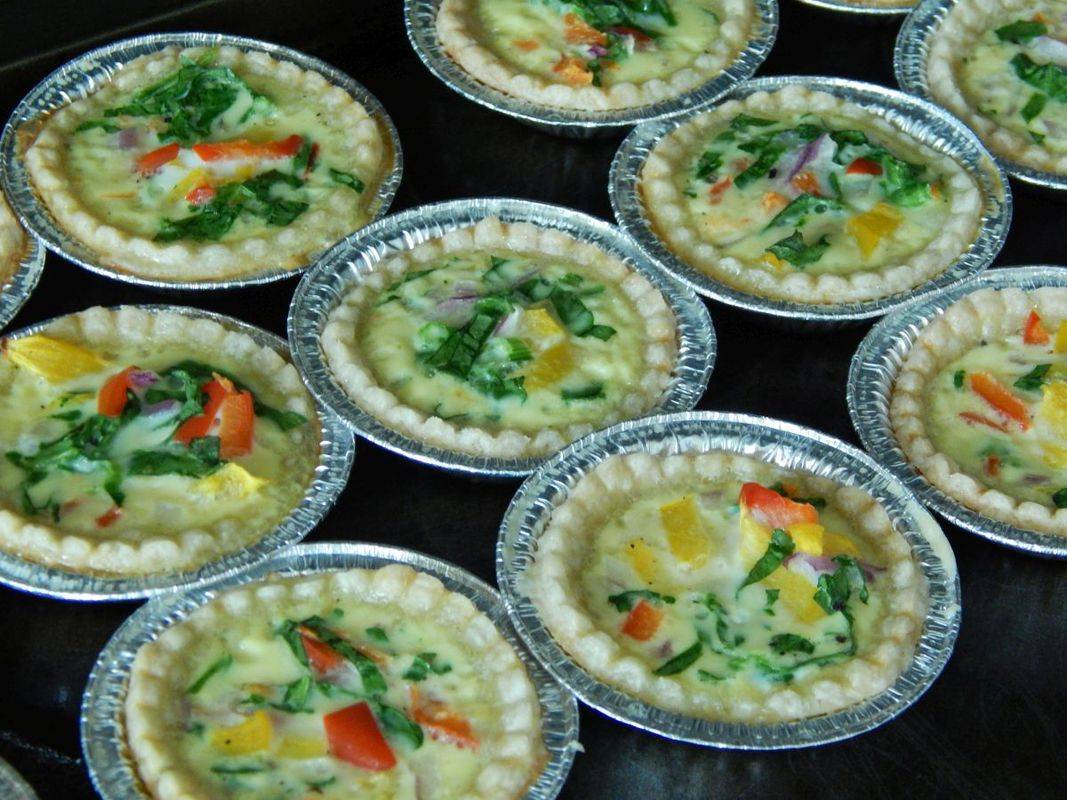
DIY Cake Flour and Self-Rising Flour
A lot of us keep a bag of all-purpose flour kicking around, a faithful old friend that we lean on for pancakes, muffins, and everything in between. More devoted bakers might even have a few wildcards in their baking arsenals, like whole wheat pastry or spelt flour. But only in the most organized and well-stocked of home pantries will you find a bag of the self-rising variety, or cake flour in its kitschy, outdated packaging.
If you didn’t plan quite so far ahead, you might get tripped up on a recipe that calls for one of these vaguely esoteric flours. Don’t want to make another trip to the grocery store? Never fear. Both are easily faked at home, using ingredients that you probably have on hand.
Cake flour has a lower protein content (8%) than its all-purpose cousin (11%), which means your batter won’t develop as much gluten and your finished product will be lighter and softer, with a finer crumb. Sometimes higher-protein flour is a good thing, like when you’re baking a sturdy loaf of bread — but if you’re whipping up an airy chiffon cake or a delicate angel food, your recipe might call for cake flour.
Whisk together your flour and cornstarch, and then sift. A lot. About five times, actually. Since we’re aiming for lightness, you want your hacked cake flour to be very-well aerated, with the corn starch completely integrated.
Self-Rising Flour
Next up: self-rising flour. This variety already has salt and baking powder mixed into it, so recipes that call for it typically won’t require additional salt or leavening. It’s a very big deal in Southern cooking, especially in biscuits, and it’s also pretty simple to replicate: for every cup of self-rising flour that your recipe calls for, measure out one cup of all-purpose flour and add 1/4 teaspoon salt and 1 1/4 teaspoons baking powder.
Whisk everything together, and then sift. That’s right, about five times total. Aeration, you know. Alice’s orders.
Keep in mind, however, that certain cult-following brands of self-rising flour such as White Lily and Presto are similar to cake flour in that they’re milled from softer wheat and have a lower protein content than all-purpose. If your recipe calls for one of these flours, or you feel like being a total over-acheiver (unlikely, since this particular kitchen hack is an exercise in laziness), use your DIY cake flour instead of all-purpose in the above conversion. Your unthinkably fluffy, mile-high biscuits will thank you.





